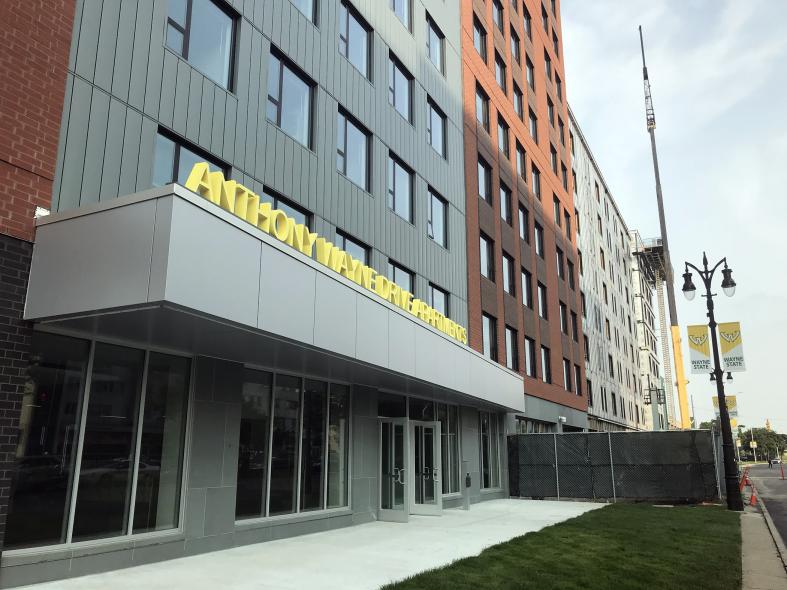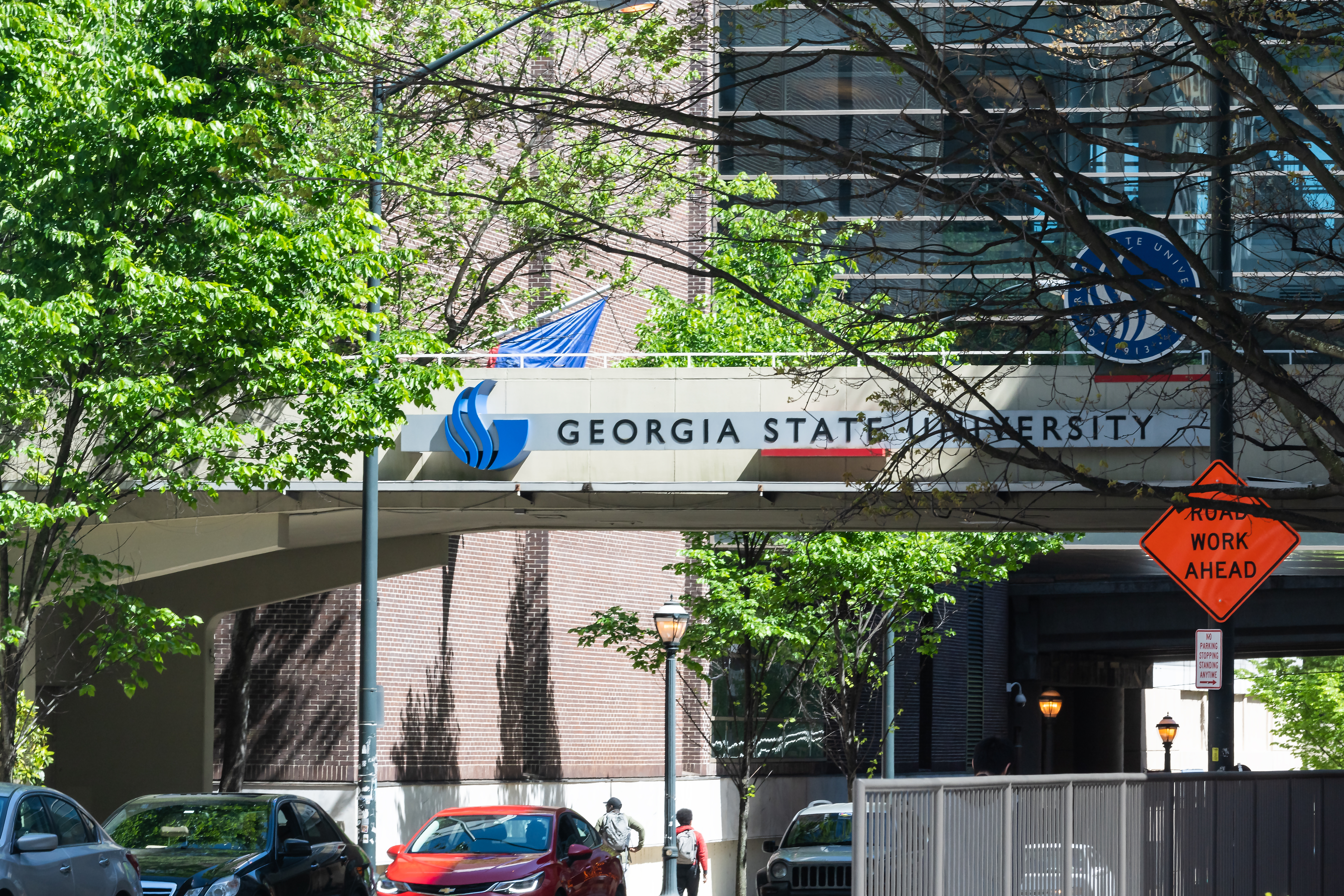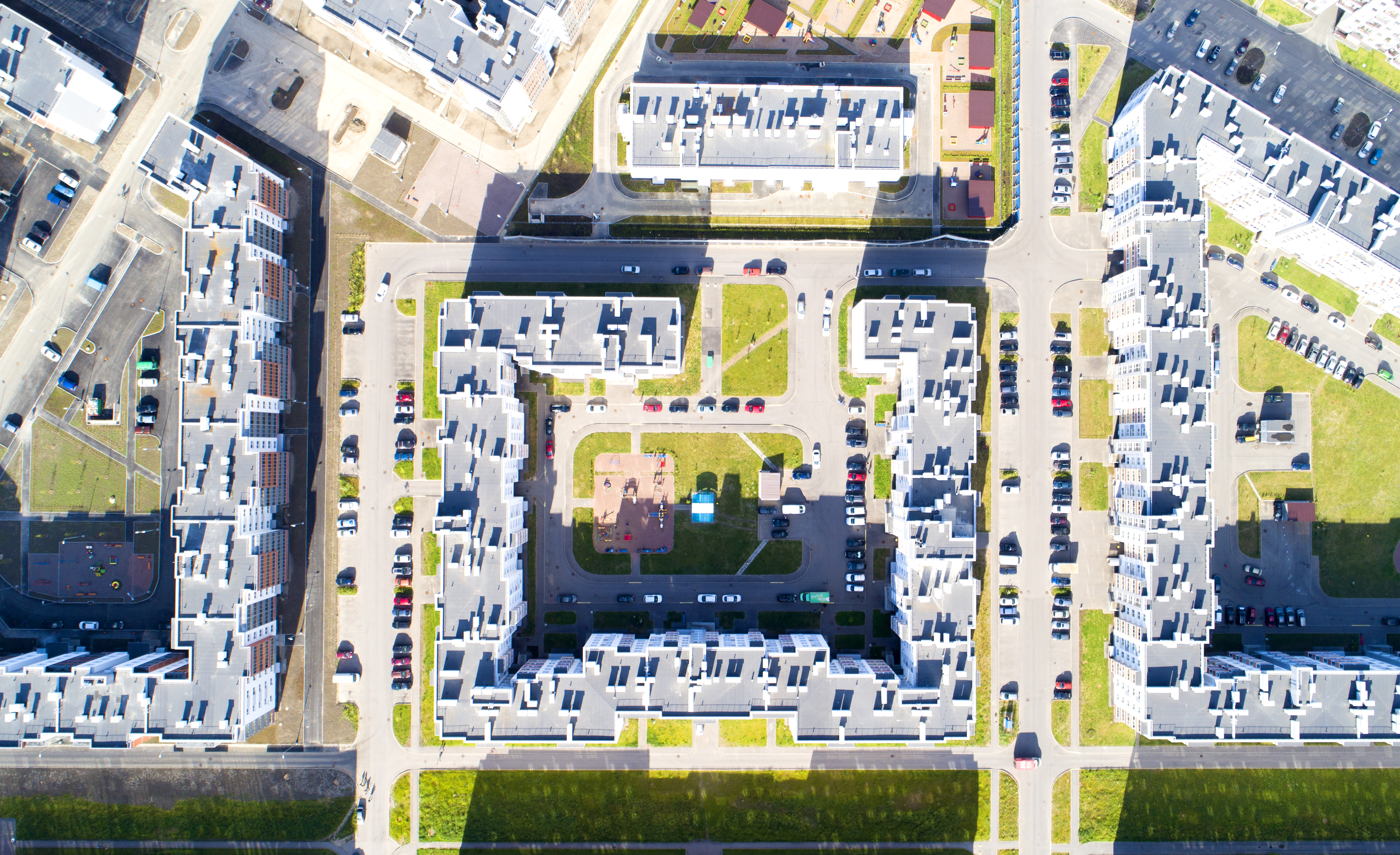By Eric Richard, Senior Analyst, Brailsford & Dunlavey. Full bio below.
Introduction
Many colleges and universities use public-private partnerships (P3) to deliver new student housing projects to accommodate demand for on-campus housing. When planned and implemented correctly, these deals are an effective way to deliver a new housing project efficiently and in some cases with minimal impact to the institution’s balance sheet and often a neutral to positive impact to its credit rating. However, one of the more pressing issues facing these same institutions is the deferred maintenance on their existing housing, which usually includes facilities that are obsolete and well past their useful life—sometimes upward of 70+ years old. P3s won’t be the optimal solution for all institutions, but in certain cases—especially where cash-strapped institutions are under severe financial pressures—it may be worth exploring.
One approach to resolving this issue, while at the same time expanding the supply of new beds on campus, is through a concessionaire agreement. In the case of student housing, a concessionaire agreement is a legal contract that gives an entity the exclusive right to develop, operate and/or maintain housing assets on a university campus for a specified time and subject to specific terms. The possible benefits are manifold:
- The ability to leverage the knowledge and technical expertise that a student housing developer and operator possesses. The university therefore hopefully realizes cost savings in some form, has more-efficiently run facilities, and sees increased student satisfaction.
- Monetization of assets. A concessionaire agreement can be structured to include a monetization of the existing assets, where a future stream of revenues is pledged to the private entity in exchange for an upfront payment to the university. This may be valuable because it allows institutions to reduce or eliminate some existing debts or contribute funding toward other university initiatives. Of course, restrictions on how that cash can be used will apply depending on the type of debt involved.
- A comprehensive P3 approach to improving the physical conditions of a campus’s entire housing portfolio. The approach could be advantageous for an institution given the scale of its impact in a relatively short period of time compared to addressing singular housing projects as funds become available. Note that the concessionaire structure can be used to address both deferred maintenance on existing assets and the development of new housing.
- Ability to retain ownership of land and improvements. Under a concessionaire structure, the university would retain certain rights, including potentially title of the land and improvements. Sometimes the structure does not include a ground lease and this is important for a few reasons. If the university were to outright sell the asset (to generate cash), then the property-tax exemption would not exist anymore. This would result in higher operating costs to the new owner, which could lead to increased rental rates and/or less funds available for long-term maintenance. Additionally, by retaining ownership of the land and improvements in the concessionaire structure, the university prevents the property from being traded freely on the open market and leaves itself with one partner over the term of the agreement.
- Ability to retain some level of control. Under the concession structure, the university can retain some level of control as it relates to renovations, new development, and ongoing operations of housing. Terms of the agreement can be structured to require the private entity to adhere to certain design standards for housing improvements. The university can have input on the building programs and to some extent can control the rental rates charged to students. Lastly, the concessionaire should be obligated to operate and maintain the assets in a manner acceptable to the university.
Concessionaire structures have also been used on campuses to improve other assets, including parking and energy infrastructure. Ohio State used the model in conjunction with the privatization of its parking facilities (2012) and in its widely known energy deal (2017). As part of the deal, the university received upfront payments from the private entities (the concessionaires). In return, the concessionaires reserve the rights to the long-term revenue streams of the assets with the obligation to operate and maintain them to a specific standard. This form of asset monetization may become more prevalent in the student housing sector, particularly where institutions could benefit from the upfront cash.
Looking ahead, P3s with housing monetization may become more prevalent due to the financial impact of the COVID-19 health pandemic. Monetization can allow institutions to eliminate outstanding debt and minimize financial risks associated with new housing projects. (One potential caveat: How institutions can utilize that upfront capital could be restricted dependent on the source of the funds.) Outsourcing housing operations may also result in cost savings. All these benefits could help to reduce the financial pressure on institutions while at the same time addressing the capital needs of the housing system.
Of course, each deal must be evaluated independently depending on the unique objectives of the institution, as any potential financial benefit comes with associated drawbacks. For instance, it’s not uncommon for institutions to rely heavily on the housing system to fund other units on campus. By engaging in a P3, the school is transferring some level of risk to a private entity in exchange for the opportunity to earn profits. This arrangement could potentially jeopardize those important revenues to the institution. This financial impact would be greater when the whole housing system is involved, as it could be in a concessionaire structure. Another drawback would be the additional fees and expenses incurred by the institution. The private partner will need to be compensated for the financing and development risk it is assuming and the services it is providing, such as operations and asset management. This compensation can be significant.
The risks associated with engaging in a P3 often can be mitigated, generally by creating a more strategic, thought-out partnership up front, for a more a strategic, thought-out project. P3s are all about risk transfer. It is important the university knows what type of risk it wants to transfer to a private partner and to what extent. A value for money exercise or similar analysis can be done at the forefront to help institutions evaluate these impacts. Regardless of the arrangement, though, not all risks can be mitigated. For this and other reasons, a P3 is not always the right answer. It is simply another way of going about business, and can likewise be evaluated for its benefits, drawbacks, and overall value.
Examples from around the country
Let’s look at a few examples of where a P3 was chosen to undertake system-wide housing improvements. Two examples shared, Wayne State University and the University System of Georgia, utilized the concessionaire structure described above. The third example, the University of Kentucky, utilized a more common ground lease arrangement.
The University 
Wayne 
A similar 
Under the concession agreement, Corvias is compensated through performance-based fees.
Conclusion
As the financial pressures grow at colleges and universities, finding creative ways to address housing needs will be vitally important. While it might sound appealing, selling an asset on a university campus for a quick cash payout might not be the most strategic play. P3s that include a monetization of assets, like in a concessionaire agreement, may be more appropriate due to the many benefits highlighted above. The need for universities to address housing improvements is important and should not be ignored even during times of financial uncertainty. A P3 could be a good way to accomplish this because of the ability to transfer various risk components to a private partner while at the same time not jeopardizing the student experience. This arrangement is a solution to providing students access to modern housing that satisfies their needs and supports their academic endeavors.
The current health pandemic may prompt more schools to explore P3s, but it is also resulting in more scrutiny of these partnerships. This fall, many schools de-densified their housing arrangements to combat the spread of COVID-19. This situation, in certain cases, has created some tension between the two parties. Once the capacity of a housing is reduced or occupancy is negatively impacted, then revenues typically generated are lost, impacting both the institution and the private partner. In most scenarios, the school and the partner have been able to find common ground.
In the end, an institution’s decision to move forward with a P3 of any size must be carefully thought out. Housing is a critical support function for institutions to effectively deliver on their mission to educate students. Any decision that could alter the student experience should be considered with the appropriate criteria and goals established at the forefront of the decision-making process. These efforts are critical to making the procurement process and negotiations with a potential private partners(s) most successful.
ERIC RICHARD advises 
Information above sourced from: Corvias, Greystar, University of Kentucky, University System of Georgia, Wayne State University

